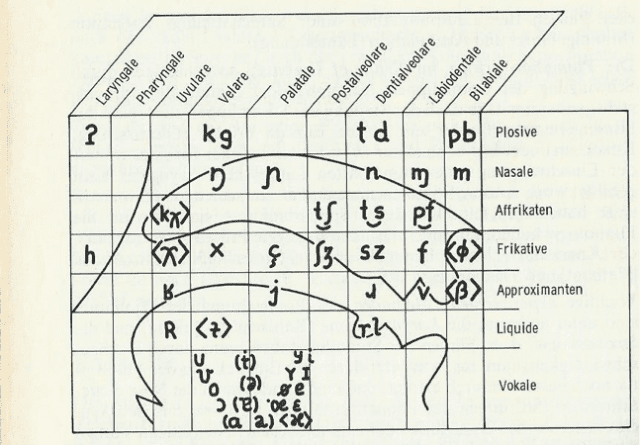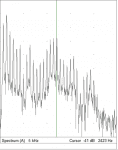Correcting Nasality
Weekly Teaching Tip – Nov. 18, 2013
by Dr. Hubert Noe
The only three phonemes in Standard English that are made with the nasal port open are the consonants m, n and ng.
There are good reasons to sing with the nasal port closed:
- The oral cavity is a much better resonator than the nasal cavity.
- Too much nasality weakens especially the brilliance and metal of the male top notes and likewise the high chest and mix registers of the female modern style singers.
- Singing habitually with the nasal port open brings about difficulty with cord closure and breath control.
- There is a common agreement that nasality apart from intended nasal consonants n, m and ng is unacceptable timbre.
- Nasality affects the sound adversely to such an extent that even in long French nasal vowels nasality is deferred until near completion of the note.
Nevertheless there are still popular misconceptions about the nasal port:
- The nasal port is always closed when we are singing (not so in nasal consonants).
- We have no control over the soft palate.
- Singing into the nose makes the tone brighter.
- The modern musical theatre sound is nasal.
On the contrary we should be able to show the singer ways to feel the activities of the nasal port and above all to close it sufficiently. Singing into the nose makes the sound dull or flat compared with the closed port position. In no way resonant voice should be confused with nasality. Also Twang is not a nasal quality although it can be nasalized in some dialects. Twang is produced by a narrow pharynx which raises the first formant and brightens the vowel.
The three main activities of the soft palate:
- Port open: the nasal consonants n, m, ng. The sound comes through the nose and will stop when you pinch your nostrils.
- Port closed: all the English and German vowels- there will be no change, when you pinch your nostrils.
- Port half open: nasalized vowels (French “on”, “en” and “in”). The air travels through both the nose and the mouth. When we pinch the nostrils the sound changes. This is accepted in French nasal vowels for example. In English and German the vowel sound is corrupted.
How can we train to control the soft palate and the root of the tongue together with the necessary feeling?
When we study the consonant chart (see below) the velar consonants ng and g being near to the nasal port immediately catch our eyes. And indeed they prove valuable- as expected.



